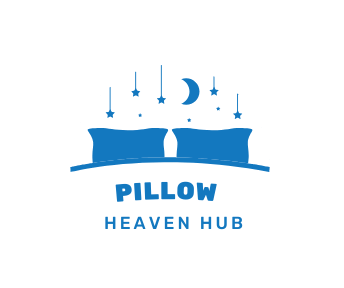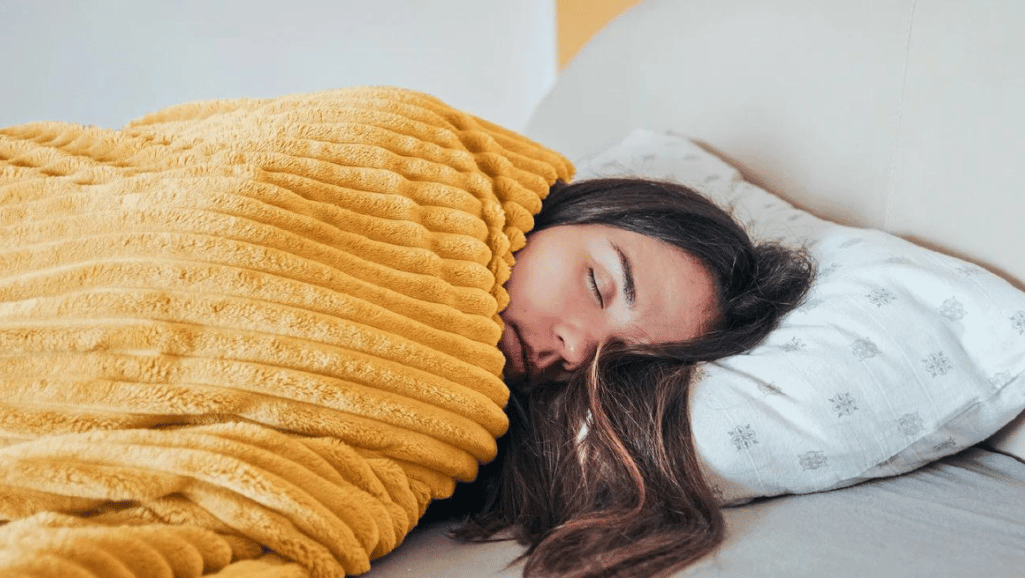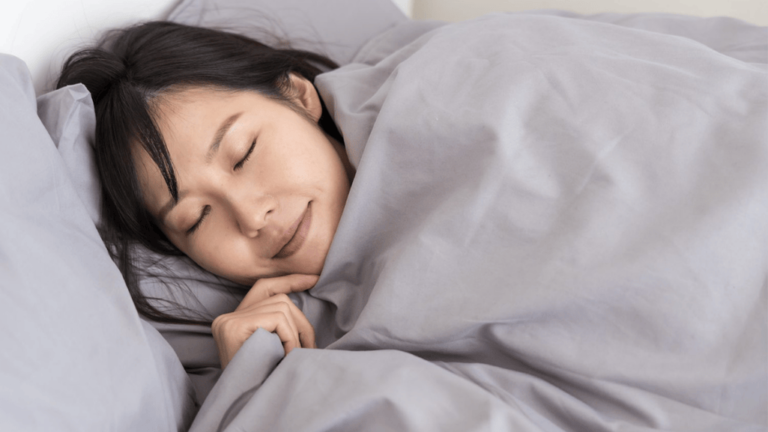Ever find yourself tossing and turning in the middle of the night? You’re not alone. Many people struggle with sleep disruptions, which can really affect how we feel. These disruptions are often measured by something called “wake after sleep onset” or WASO.
WASO tracks how long a person stays awake after they first fall asleep. Some wakefulness at night is okay, but too much can make sleep poor and make you tired during the day. Knowing about WASO is key to spotting sleep problems like insomnia.
Sleep-disordered breathing is a big issue that can make WASO worse. It affects a lot of people. For example, about 10% of men between 30-49 and 17% of men between 50-70 have it. Women are also affected, with 3% of those 30-49 and 9% of those 50-70 having it.
Key Takeaways
- WASO measures time spent awake after falling asleep
- Excessive WASO can indicate sleep maintenance insomnia
- Sleep fragmentation affects overall sleep quality
- Sleep-disordered breathing is a common cause of night wakings
- Understanding WASO helps identify potential sleep issues
The Science of Sleep Architecture
Sleep architecture is the blueprint of our nightly rest. It’s a complex structure with different sleep stages that repeat all night. Knowing these patterns shows why good sleep is key for our health.
NREM and REM Sleep Cycles
Our sleep has two main types: NREM and REM sleep. These types switch in cycles, each lasting about 90 to 120 minutes. NREM sleep makes up most of our night, taking 75 to 80 percent of our sleep time. REM sleep fills the rest, about 20 to 25 percent.
Four Stages of NREM Sleep
NREM sleep has four distinct stages:
- Stage 1: This light sleep lasts 1 to 7 minutes, making up 2 to 5 percent of total sleep.
- Stage 2: The longest stage, it accounts for 45 to 55 percent of sleep time.
- Stage 3: This deeper sleep phase takes up 3 to 8 percent of sleep time.
- Stage 4: The deepest sleep stage, it constitutes 10 to 15 percent of total sleep.
Characteristics of REM Sleep
REM sleep is unique. It starts with short periods of 1 to 5 minutes in the first cycle, growing longer as the night goes on. During REM sleep, our brain activity increases, our muscles relax, and our eyes move rapidly. This is when we have our most vivid dreams. About 80 percent of dream recall happens after waking from REM sleep.
Understanding sleep architecture helps us see the intricate dance of sleep stages each night. It shows the importance of uninterrupted sleep for our health and thinking skills.
Wake After Sleep Onset: Causes and Impacts
Sleep disruption can really change our daily lives. Wake After Sleep Onset (WASO) is a key part of sleep studies. It tracks how long we stay awake after falling asleep. Let’s look into this and its effects.
Defining Wakefulness After Sleep Onset
WASO means the time spent awake between falling asleep and waking up for good. For example, if someone wakes up for 1 hour and 15 minutes at night, their WASO is 75 minutes. This can make it hard to stay asleep, leading to sleep maintenance insomnia.
Common Factors Contributing to WASO
Many things can cause us to wake up at night and disrupt our sleep:
- Sleep disorders (sleep apnea, restless leg syndrome)
- Medical conditions (arthritis, heart disease)
- Hormonal changes (pregnancy, menopause)
- Lifestyle habits (cellphone use before bed, caffeine intake)
- Environmental factors (noise, light)
These issues can build up sleep debt and hurt our sleep quality. Picking the right pillow can help ease discomfort and make sleep better.
Effects of WASO on Daily Life
Sleep problems can really affect us:
- Daytime tiredness
- Less brain function
- More stress
- Less productivity
Fixing WASO is key for good sleep habits and health. If you often wake up at night, talk to a sleep expert for advice.
Measuring and Analyzing Sleep Quality
Sleep quality is key to our health and happiness. Experts use different methods to check and improve sleep patterns. Let’s look at some of these methods and why they matter.
Polysomnography and Sleep Studies
Polysomnography is the top way to study sleep. It tracks brain waves, eye movements, and muscle activity while we sleep. Sleep labs use it to find sleep disorders and check sleep quality. Recent studies show it gives deep insights into sleep, like how medicines change sleep stability and how we feel about it.
Actigraphy and Sleep Tracking Devices
Wearable devices make it easy to check sleep patterns at home. They use actigraphy to guess sleep length and quality by watching movement. They’re not as detailed as polysomnography but give useful long-term sleep habit info.
Sleep Efficiency and Its Importance
Sleep efficiency is a key sleep quality measure. It’s found by dividing total sleep time by time spent in bed. A high score usually means good sleep quality. A low score might mean sleep problems that affect daily life.
Knowing these measures helps us improve sleep hygiene. By tracking sleep patterns and efficiency, we can make smart changes to better our sleep quality and health.
Conclusion
Understanding wake after sleep onset (WASO) is key to better sleep. Studies show that cutting down on nighttime wake-ups is crucial. About 5-10% of adults struggle to sleep well, making it important to tackle WASO.
Good sleep habits can help reduce broken sleep. The American Academy of Sleep Medicine says adults need 7 hours of sleep. Sadly, 35% of U.S. adults don’t get enough sleep, showing we need to improve our sleep habits.
Knowing what causes WASO is vital for good sleep. By reducing sleep breaks, people can sleep better. This might mean fixing health issues or getting help when needed. Remember, good sleep is crucial for thinking well and doing daily tasks.









